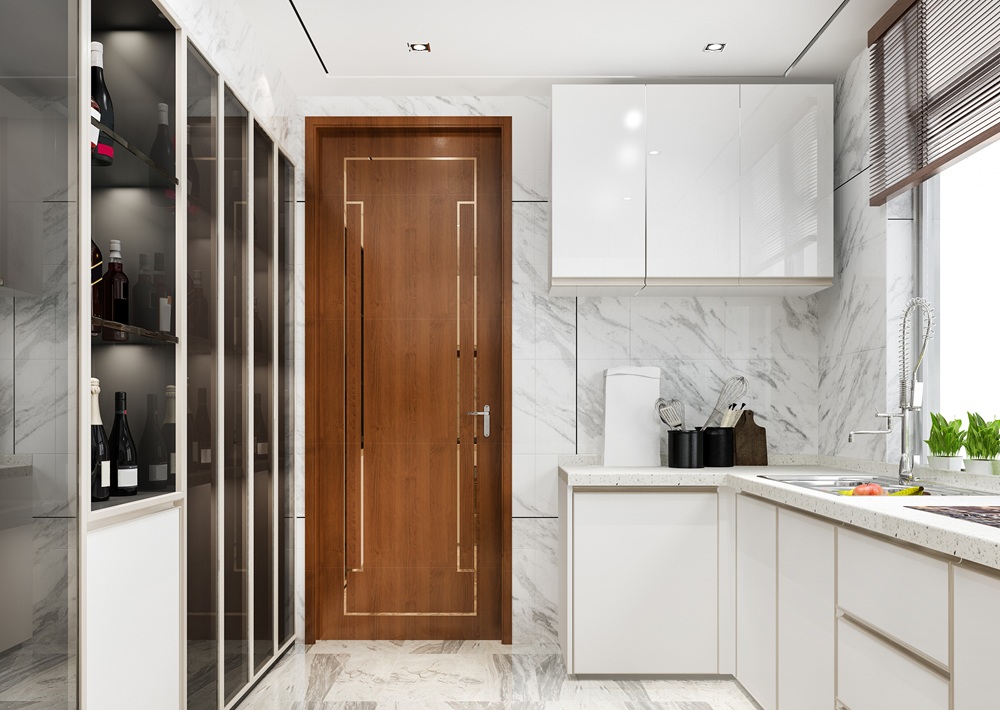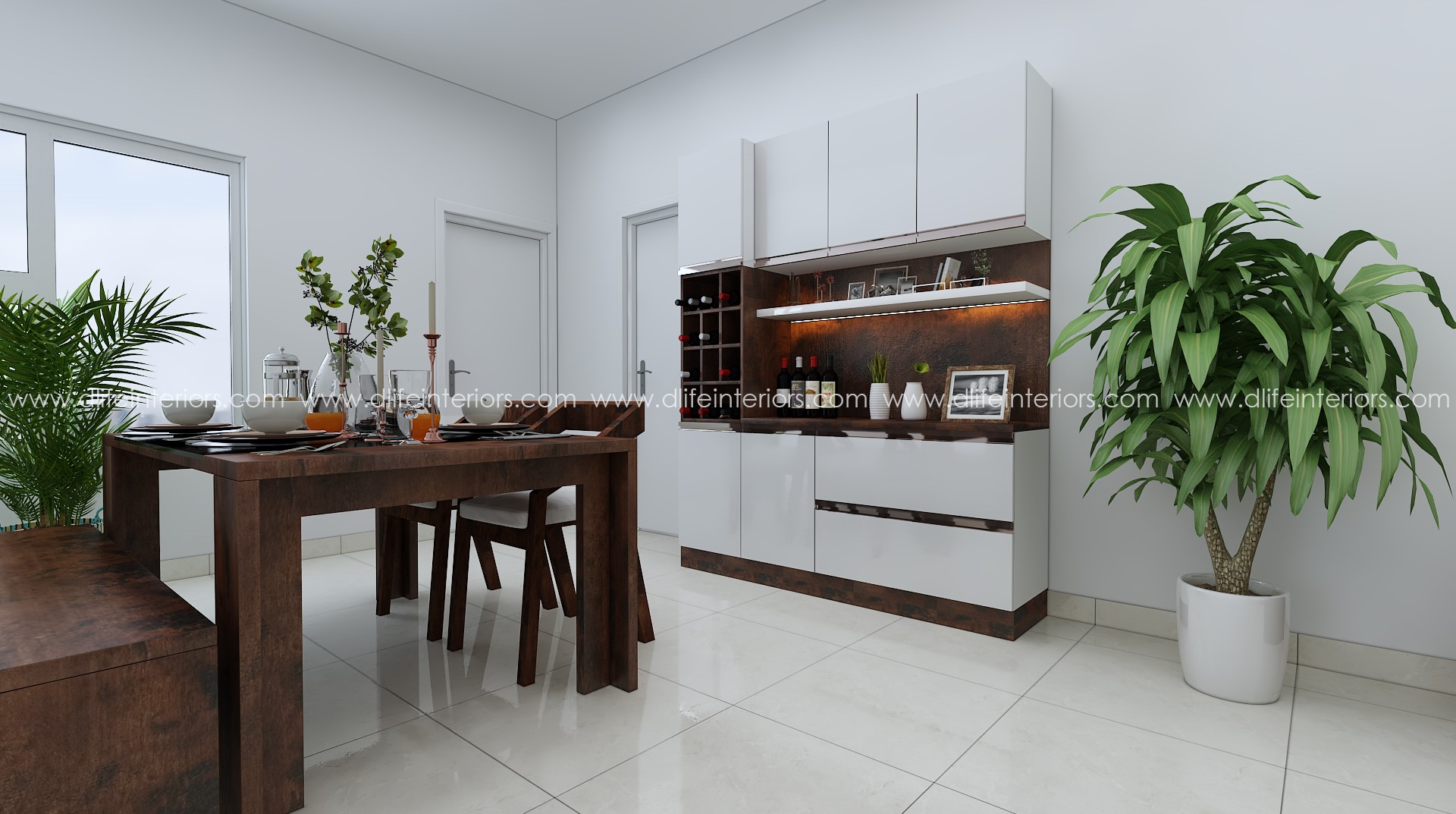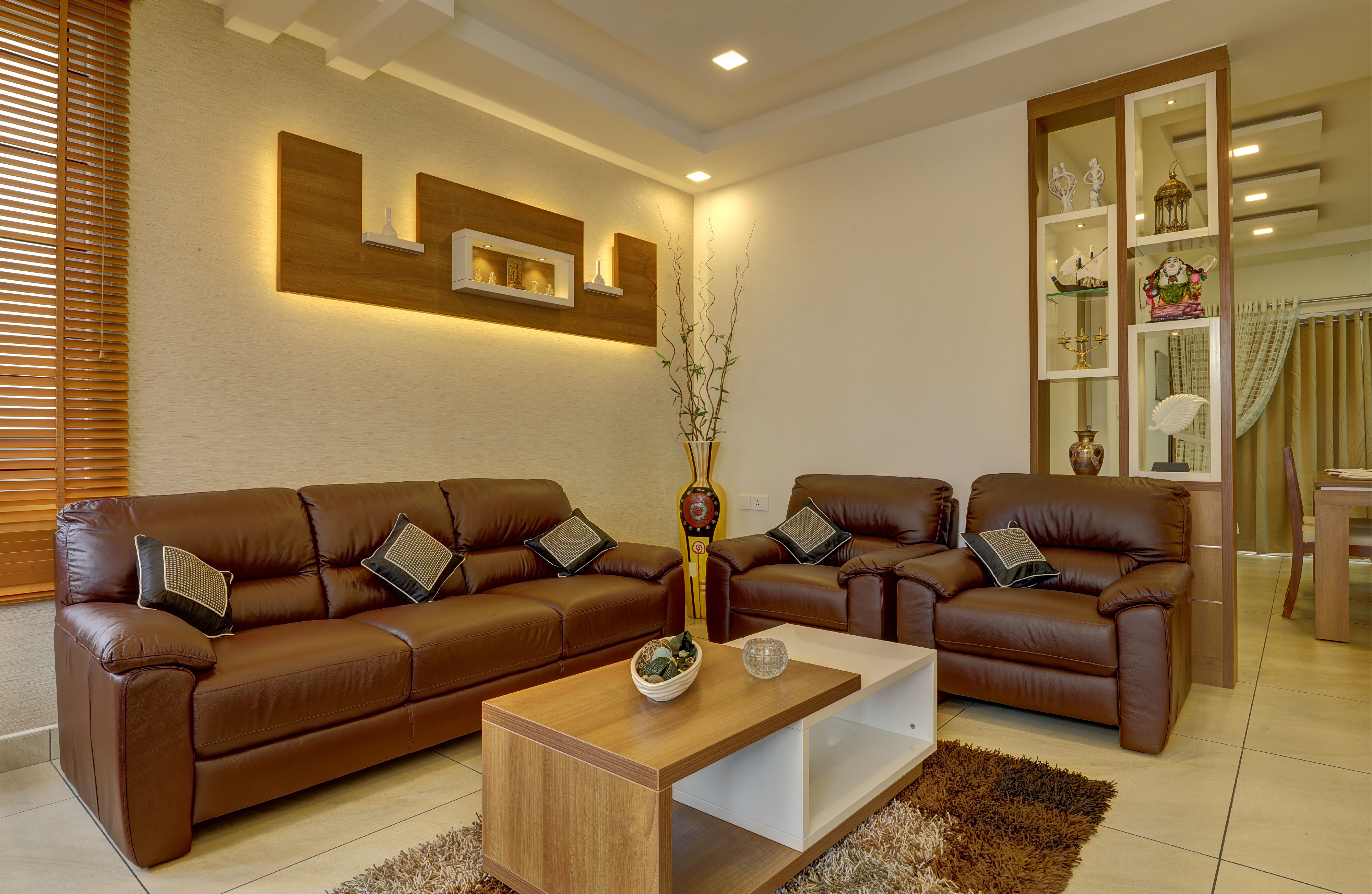Role of Smart Technology in Transforming the Interior Design Industry

Strong 8k brings an ultra-HD IPTV experience to your living room and your pocket.
The interior design world is undergoing a technological renaissance. With the incorporation of smart technology, designers are now equipped with tools that enhance creativity, streamline processes, and offer highly personalized solutions. From artificial intelligence (AI)-powered design platforms to the Internet of Things (IoT)-enabled furniture, smart technology is reshaping how interior design projects are envisioned, crafted, and brought to life.
This article explores the pivotal role smart technology plays in the transformation of the interior design industry. Our interior designers in Navi Mumbai have compiled the key innovations that have a great impact on creativity, efficiency, and sustainability.
The Key Innovations Shaping Modern Interior Design
Smart technology intertwines digital sophistication with design creativity, enabling significant innovations that cater to contemporary needs. Below are some of the groundbreaking advancements revolutionizing the field:
1. Smart Home Devices and Ecosystems
Smart home devices are front and center in transforming interior environments. From voice-activated lighting systems to intelligent climate control, these devices redefine how people interact with their living spaces.
Examples:
Smart thermostats like Nest automatically adjust temperatures for comfort and energy efficiency.
Smart lighting systems such as Philips Hue allow homeowners to shift lighting moods with just a tap or a voice command.
These technologies not only add convenience but also influence design choices. For instance, designers now consider the placement of smart hubs, speakers, and other devices when planning interiors, ensuring seamless integration into the aesthetic.
2. AI-Powered Design Tools
Artificial intelligence is rapidly becoming a designer’s best friend. AI tools empower interior designers by automating repetitive tasks and offering creative design concepts based on detailed inputs.
AI platforms like Planner 5D or Autodesk’s Spacemaker analyze client preferences, room dimensions, and furniture layouts to suggest optimized designs.
AI algorithms enable predictive analysis, helping designers foresee challenges like spatial imbalances or color mismatches.
By handling such complexities, these tools free designers to focus on the artistic and human-centric aspects of their projects.
3. Virtual Reality (VR) and Augmented Reality (AR)
Virtual reality and augmented reality tools are providing interior designers with a powerful way to visualize and communicate ideas. Instead of relying on static 2D blueprints, designers can develop realistic, immersive environments to showcase their plans.
Example in action:
A client unsure about color schemes for their living room can use a VR headset to walk through rendered designs and view color and furniture choices in real time. IKEA’s AR app, IKEA Place, similarly lets users virtually position furniture in their rooms to evaluate fit and aesthetics.
This level of interaction fosters clearer communication between designers and clients, ensuring ideas translate more accurately to finished spaces.
4. IoT-Enabled Furniture
The integration of IoT into furniture has introduced an entirely new dimension to interior design. Today’s furniture isn’t just functional—it’s increasingly intelligent.
IoT-enhanced items like smart desks can adjust their height automatically to match user preferences.
Connected mirrors with built-in lighting systems and information displays are gaining popularity for bathrooms and dressing areas.
For designers, these innovations offer endless opportunities to blend technology with style, creating futuristic yet practical spaces.
Benefits of Smart Technology in Interior Design
The adoption of smart technology is yielding a host of benefits across the industry. It’s not just about making interiors more "connected"—it’s about driving meaningful improvements for clients and designers alike.
1. Enhanced Creativity
With access to advanced visualization and automation tools, designers can bring even the most complex ideas to life. For example, AI platforms enable rapid prototyping, so designers can explore multiple concepts in record time. This encourages innovation and helps artists push creative boundaries.
2. Improved Efficiency
Smart technology significantly reduces the time needed for design execution, from conceptualization through construction. Tools like building information modeling (BIM) software streamline workflows by coordinating data between architects, engineers, and designers in real-time.
3. Unmatched Personalization
Tech-powered tools allow designers to craft truly individualized solutions. They can use data collected from wearable devices or smart home systems to design interiors optimized for their client’s behavior, preferences, and lifestyle. For example, if smart sensors indicate a client typically relaxes in warm, dim light in the evenings, the designer can incorporate lighting solutions to replicate that ambiance.
4. Sustainability
Environmental consciousness is a pressing issue in today’s design world, and technology is leading the charge toward more eco-friendly solutions. Features like IoT-enabled energy monitoring systems assist homeowners in tracking energy usage, reducing waste. Smart systems can also recommend sustainable material choices, making environmentally-friendly projects more achievable.
The Future of Smart Technology in Interior Design
The future promises even greater synergy between smart technologies and interior design. AI advancements could see design tools becoming conversational advisors. Innovations in 3D printing may soon allow designers to print custom furniture and décor on-demand. Additionally, as edge computing grows, interior environments will respond even faster to user needs.
As the technology evolves rapidly, the interior designers in India who integrate these technologies into their work will have a distinct edge, offering solutions that are not just visually stunning but also incredibly functional.
Note: IndiBlogHub features both user-submitted and editorial content. We do not verify third-party contributions. Read our Disclaimer and Privacy Policyfor details.







